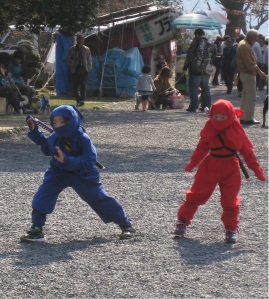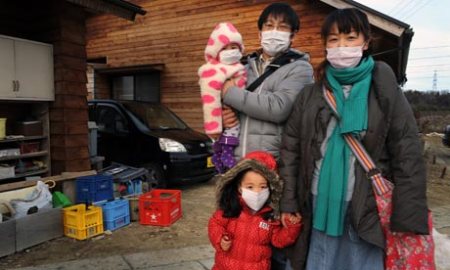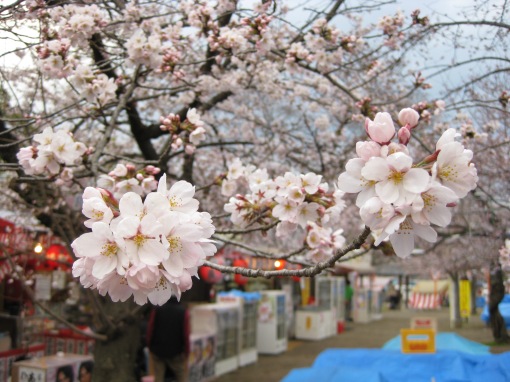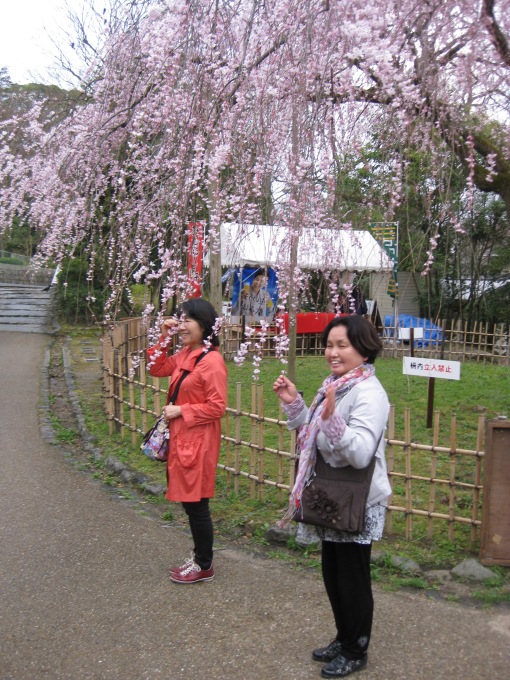Anniversaries serve as a time for reflection on, and celebration of, the passage of time.
Three years ago Japan suffered a 9.0 magnitude earthquake, a massive tsunami, and a nuclear crisis which devastated a large region of east Japan.
Over 15,000 people died. Another 2,600 remain missing. Countless families were evacuated from their homes, and three years later many remain displaced.
In the face of such horror, the spirit of the Japanese people never wavered. Communities came together, cleaned up, rebuilt. Life goes on and the beauty of our humanity shines through.
On this (nearly) third anniversary of such a truly awful disaster I want to share a few stories of how good-hearted people are continuing to do wonderful acts of selflessness in the region.
This article from the Japan Times features a project to restore and scan photos found in the rubble.
This article, also from the Japan Times, features caring people who are feeding and caring for the animals abandoned in the mandatory evacuation areas around the Fukishima Nuclear Power Plant.







